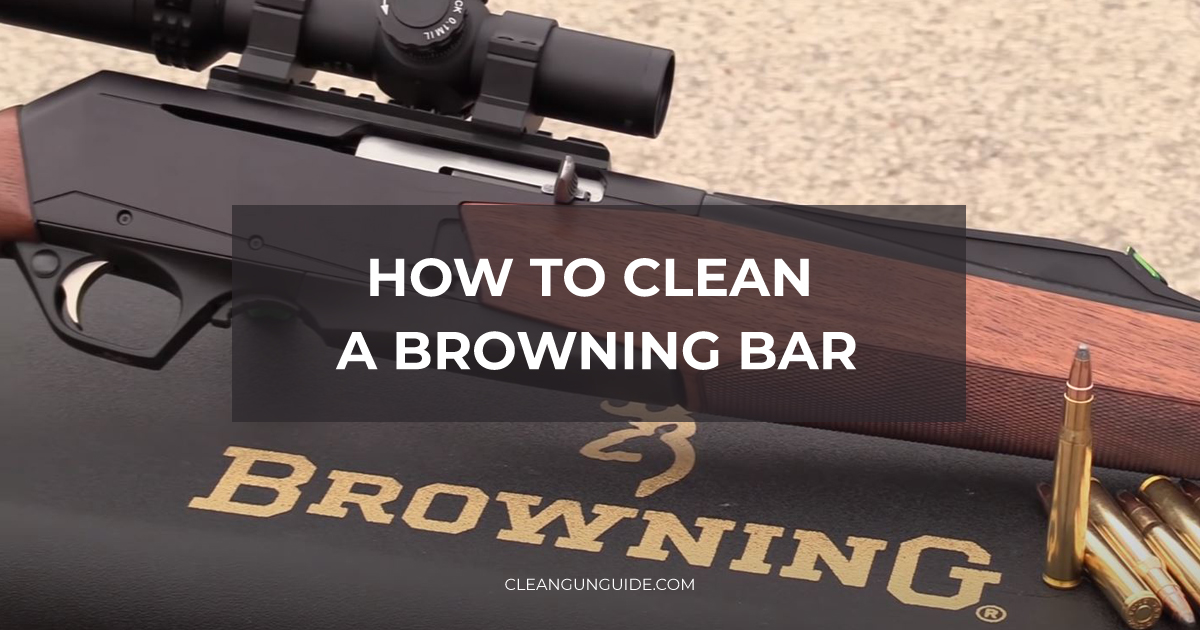
Welcome to our thorough guide on jag cleaning, a crucial aspect of firearm maintenance. In this article, we delve into the essentials of jag cleaning, explaining what a jag is and its vital role in keeping your weapons in top condition. Our guide is packed with practical tips and methods to streamline the cleaning process, making it accessible for both experienced firearm enthusiasts and beginners.
A jag is a key tool in the arsenal of any gun owner, designed to meticulously clean the interior of a gun barrel. Its primary function is to scrape off rust and buildup, ensuring the metal surface of your weapon remains pristine. Using a jag for cleaning is an effective method that avoids the harshness of chemicals or abrasives, offering a natural approach to gun maintenance.
Understanding the jag’s design is crucial. Notably, the notch on the jag is strategically placed to securely grip the cleaning rod, facilitating even pressure during the cleaning process. Cleaning the notch is straightforward: a toothbrush or a similar small brush will efficiently remove any accumulated dirt or debris. Once cleaned, the jag is reattached to the cleaning rod, ready for further use.
Jags are sharp and pointed by design, a feature essential for their cleaning efficacy. However, this also means you need to handle them with care to avoid injury. After cleaning your gun, it’s important to safely store the jags, ensuring they are out of reach and securely placed.
Different jags come with various sizes of teeth, tailored to clean firearms of different sizes. It’s imperative to choose a jag that matches the size of your weapon to avoid any damage during the cleaning process. The size of each jag is conveniently printed on its prong, simplifying the selection process.
Jags are available in two main types: with slots and without. Slotted jags are ideal for cleaning patches, while non-slotted jags are used for direct contact with the gun’s bore. The choice between these two depends on your specific cleaning requirements.
In conclusion, understanding the use and maintenance of jags is essential for effective gun cleaning. Regularly checking your jag for damage and ensuring its correct size and type for your firearm will contribute significantly to keeping your weapon in optimal condition. By following these guidelines and recommendations, you can achieve thorough and safe cleaning of your firearms.
















